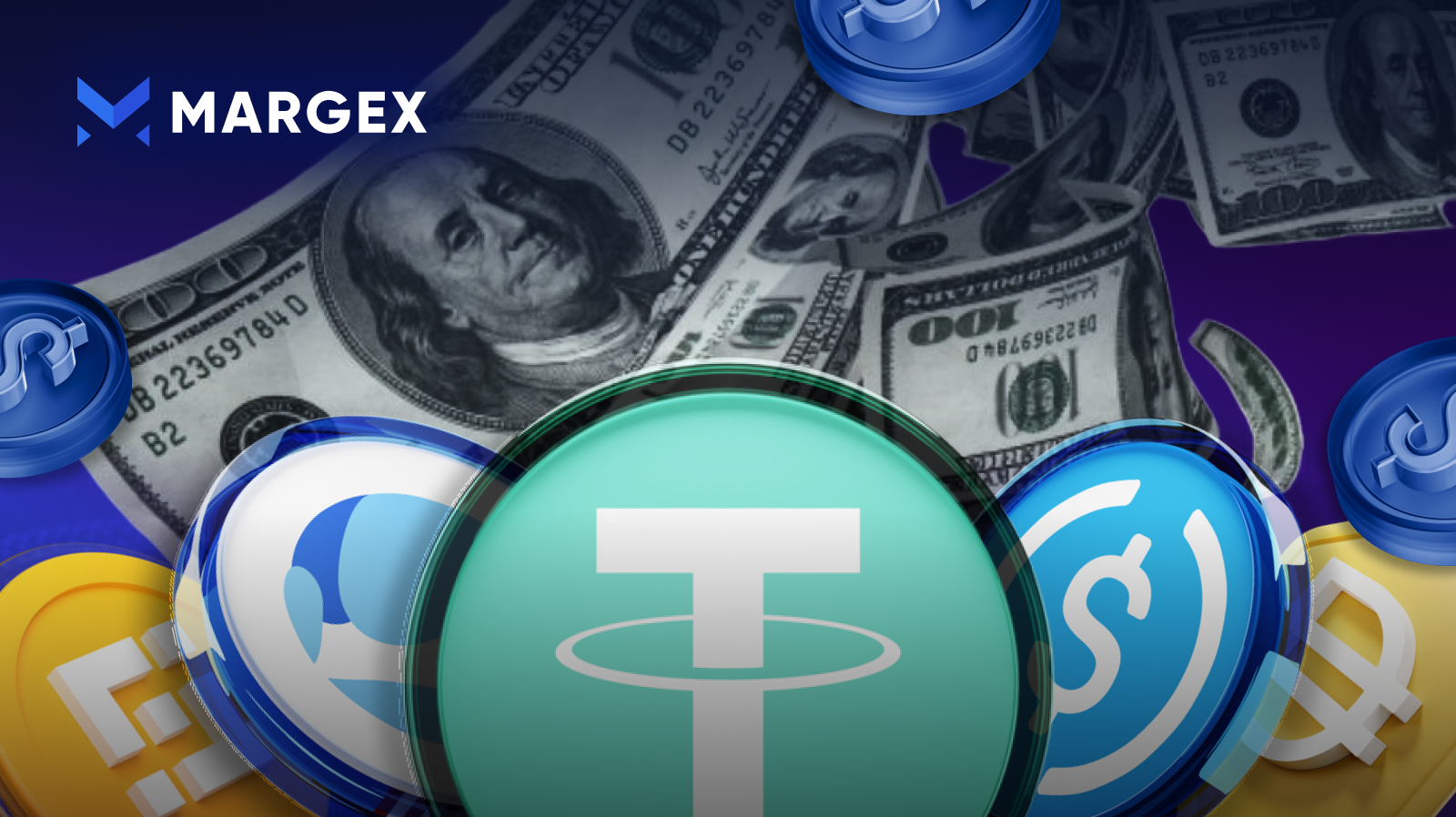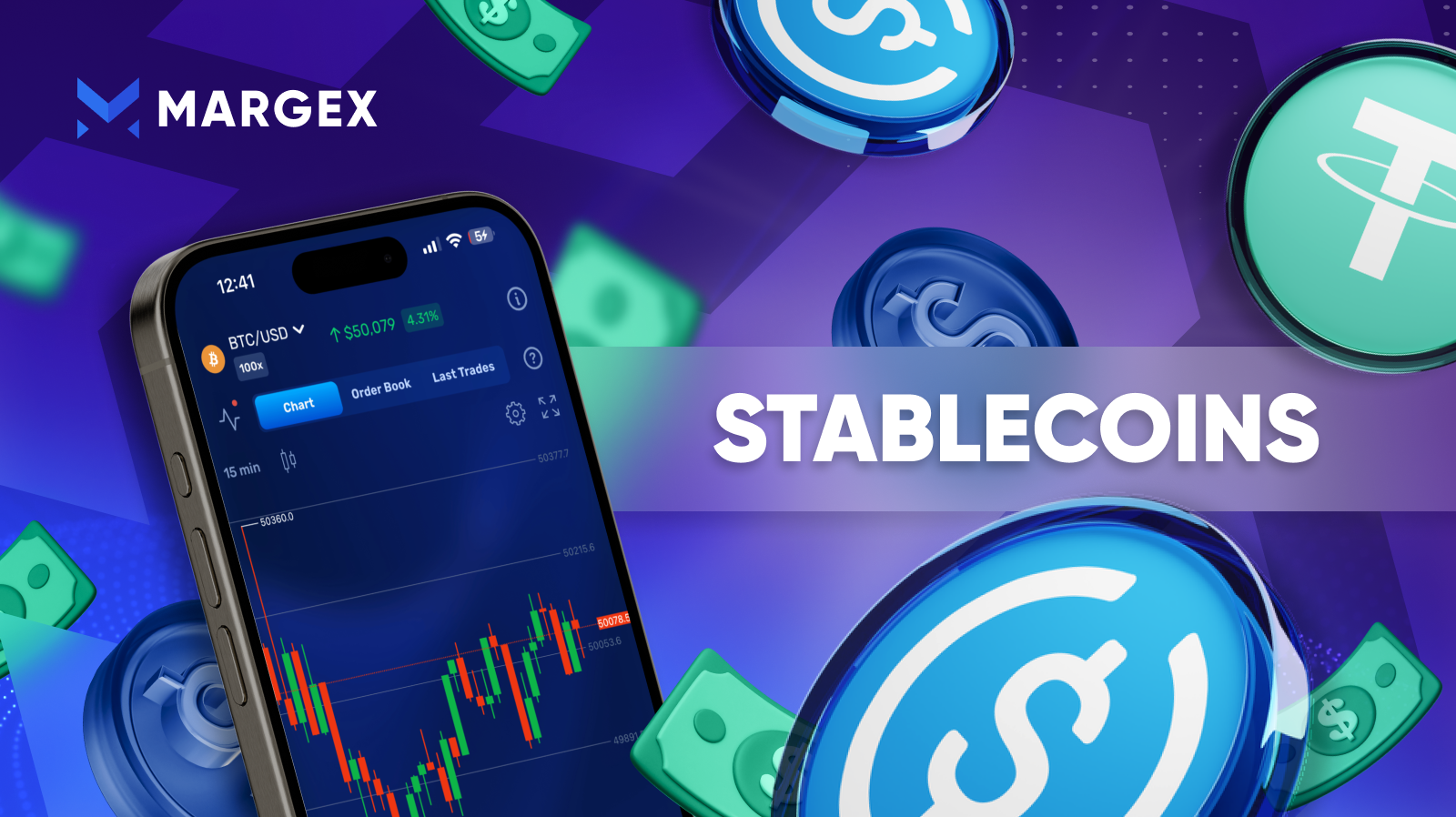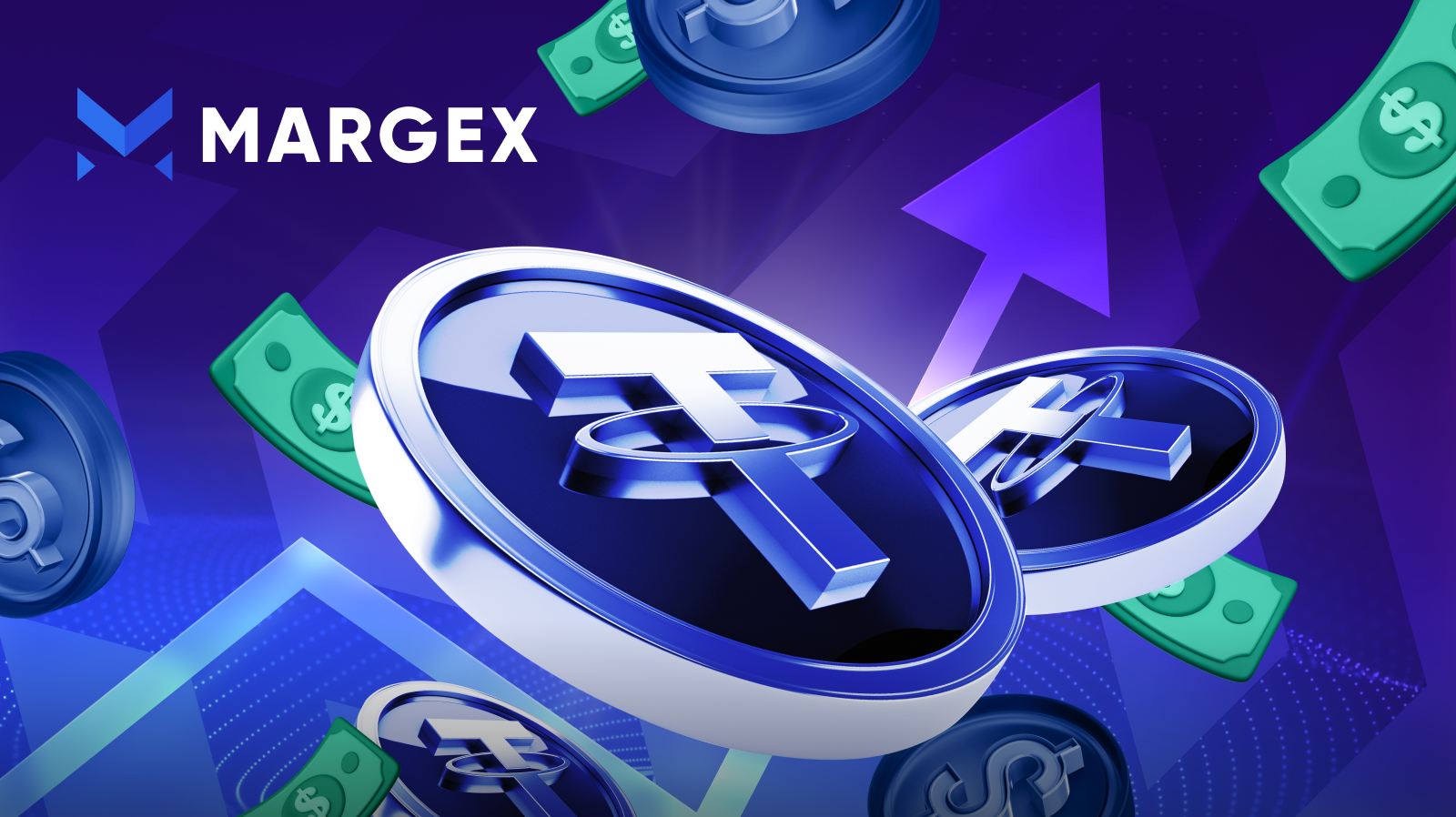
Introduction
Imagine making transactions or storing value without constantly worrying about wild market fluctuations. This is precisely the primary goal of stablecoins. They provide a sort of “anchor” in an ocean of turbulence, allowing users to enjoy a more predictable experience in cryptocurrencies.
A stablecoin is a digital currency backed by a stable asset, such as the US dollar or gold. Its main objective is to mitigate the volatility associated with cryptocurrencies like bitcoin.
These digital coins bridge the world of cryptocurrencies and traditional currencies, as their value is linked to reserves such as the dollar or gold. This approach significantly reduces fluctuation compared to more volatile cryptocurrencies, providing a more stable option for daily transactions and currency transfers.
The combination of the stability of conventional assets with the flexibility of digital ones has gained popularity, attracting billions of dollars towards stablecoins like USD Coin (USDC). These have emerged as popular options for storing and trading value in cryptocurrency.
Stablecoins History

The roots of stable cryptocurrencies date back to 2014, when the first ideas emerged. The purpose was to offer a means of payment that mitigated the risks associated with cryptocurrency volatility while ensuring low operational costs and preserving privacy.
At that time, two pioneers emerged in the cryptocurrency market: BitUSD, from Bitshares, and NuBits, from Nu. These projects laid the groundwork for developing one of the most popular stablecoins today, Tether USD (USDT). Initially known as Realcoin, Tether officially launched in late 2014 on the Bitcoin sidechain Omni Layer, although it wasn’t until 2015 that it began trading on exchanges. Bitfinex was one of the first platforms to support this Stablecoin.
Around the same time, the Steem group launched its stable cryptocurrency, SteemUSD. Other similar projects followed suit, although not all managed to stand the test of time.
What kind of Stablecoin Is the Safest?
Determining which Stablecoin is safer than another is highly complex, as it involves various factors. Firstly, security is related to the responsible management of issuance by the regulating entity. If more tokens are issued than backed, the stability of the Stablecoin is maintained, increasing the risk that some users may not be able to redeem their cryptocurrencies and that parity with the underlying asset is recovered.
Security, in addition to the issuer, depends on the assets backing the Stablecoin. For example, any significant fluctuation in the value of a national currency (such as the dollar, euro, or yen) could affect the stability of stablecoins linked to those assets.
Therefore, determining which Stablecoin is safer than another requires individual analysis. It is crucial to research each project and evaluate its characteristics and potential shortcomings before investing in it. The reputation of developers and executives and their experience in the market are often common indicators of the security of a stablecoin.
Stablecoins Function in the Crypto World
Stablecoins have emerged as a unique financial tool, merging the best of fiat currencies and cryptocurrencies. These crypto-assets offer an efficient settlement alternative with lower costs and guarantee transparency and price stability through a distributed ledger.
Value Preservation: Users turn to coins like Tether and USD Coin as a refuge for savings, facing cryptocurrency volatility. They act as a hedge, allowing investors to safeguard their investments or profit before potential losses.
In countries with devalued currencies or monetary restrictions, stable cryptocurrencies, as in the case of Venezuela and Argentina, protect savings from inflation without the purchase limitations associated with some traditional currencies.
Trading: Stablecoins simplify buying and selling cryptocurrencies by avoiding costly operations between bank accounts and exchanges. Their interoperability with various crypto-assets and widespread acceptance on trading platforms make them convenient for traders.
Payments: By digitally representing fiat currencies like the dollar or euro, stablecoins are poised as efficient payment methods. With lower operating costs and cross-border reach, they offer an alternative for purchasing goods and services online.
Loans and DeFi: Stablecoins like DAI are crucial in the growing world of decentralized finance (DeFi). They serve as collateral to generate interest and are fundamental in yield farming, where users accumulate yields from various applications and earn tokens as rewards.
These stable cryptocurrencies offer stability and have become versatile tools in various aspects of the crypto-financial ecosystem, from asset protection to participation in innovative DeFi platforms.
Types of Stablecoins

- Fiat-backed:
Characteristics: Directly linked to fiat currencies like the dollar, euro, or yen with a 1-to-1 parity. Backed by fiat reserves. Uses: Widely used for transactions and as a store of value during periods of volatility in the cryptocurrency market.
- Commodity-backed:
Characteristics: Backed by tangible assets like gold, oil, or diamonds. Seek stability by being connected to stable commodities. Uses: Offer exposure to commodities in a tokenized form, providing an accessible alternative for investing in raw materials.
- Crypto-backed:
Characteristics: Use other cryptocurrencies as collateral, decentralizing backing. Often have dual backing to mitigate volatility. Uses: Attractive for those looking to avoid reliance on fiat currencies and desire greater decentralization in their investments.
- Algorithmic:
Characteristics: Without physical backing, they rely on algorithms and smart contracts to regulate supply and maintain price stability. Uses: Aim to overcome the volatility associated with traditional cryptocurrencies, being ideal for those seeking stability without depending on physical assets.
Top Stablecoins

Tether (USDT):
Popularity Reasons: USDT is widely used due to its early adoption and direct linkage to the US dollar, making it easy to understand and use in cryptographic transactions. Considerations: However, Tether has faced criticism regarding its transparency and solvency in the past, highlighting the importance of thorough research before investing.
USD Coin (USDC):
Advantages: USDC stands out for its transparency and regulation, backed by US dollars and supervised by the New York Department of Financial Services (NYDFS). This regulatory approach provides confidence to investors. Project Participation: Being part of the Centre project, a consortium aiming to advance fiat-backed stablecoin solutions, showcases USDC’s commitment to innovation and development in this space.
How to Buy and Sell Stablecoins?
You can acquire this cryptocurrency through exchanges, platforms that facilitate the buying and selling of cryptocurrencies securely and privately. Margex is an international exchange where you can buy, sell, and store various cryptocurrencies, including stablecoins and tokens, directly in your wallet on the platform. This method ensures the confidentiality of information and privacy of personal data of those involved in the process.
Stablecoins have emerged as a crucial response to the inherent volatility of cryptocurrencies, providing a solid foundation backed by traditional assets such as the dollar or gold. This balance between digital and tangible has propelled options like Tether (USDT) to the top, making them essential tools for everyday transactions and cross-border transfers.
These digital coins have proven to be not only a more predictable alternative but also a reliable bridge between the crypto universe and fiat currencies. Their widespread adoption and trust gained in the market support the idea that stablecoins are not just a trend but a necessary evolution in the digital financial landscape.


